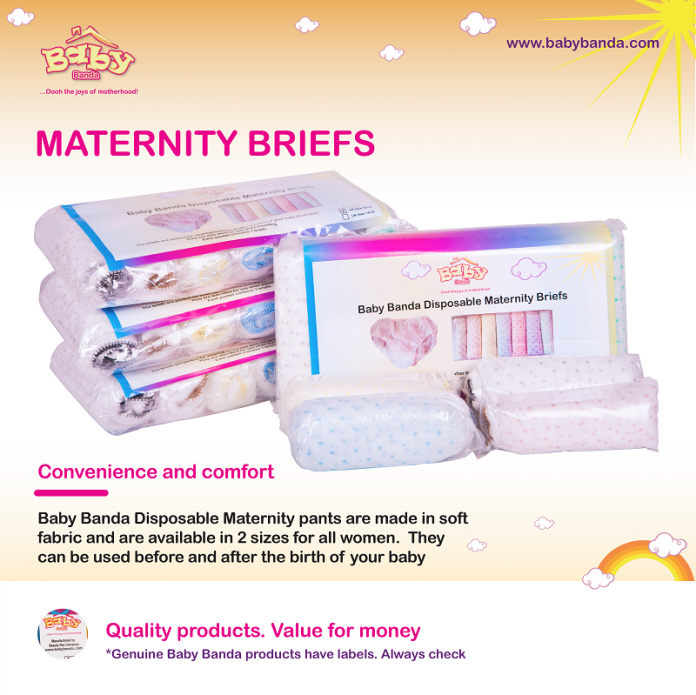Lochia is normal after giving birth. It helps your body get rid of extra blood and tissue in your uterus that helped your baby develop. The blood in lochia mainly comes from the area where the placenta detached from the uterus. This leaves a wound that needs some time to heal. The endometrial lining whose thickness increases during pregnancy also sloughs off.
Stages of Lochia
Post-partum bleeding occurs in three stages. You need to understand the stages and their signs so you can identify when something is wrong. The duration of the stages isn’t as important as whether the amount of bleeding gets less with time and the color gets lighter as it changes from red to white.
The stages of lochia are:
Lochia Rubra
This occurs 2 to 3 days after delivery. The lochia is mainly blood which appears to be bright red. The bleeding can be heavy or moderate. In some cases, you may see small blood clots.
Lochia Serosa
This stage starts about day 4 and lasts until day 10 or thereabout. The color changes from red to pink or pinkish-brown. The flow is much less compared to the first stage. If you notice blood clots or bright red blood during this stage, it’s advisable to see a doctor as this may be a sign of a problem.
Lochia Alba
This stage starts from day 10 or thereabout and lasts for about 2 weeks. The color changes to creamy or light yellow and the flow may have almost stopped and does not smell. The presence of a bad smell, blood clots, or bright red blood may be signs of a problem.
The stage progression should not reverse. The color should always change from red to pink to white as the amount of the flow reduces with time. If you notice, a red flow after the discharge has turned pink or white, contact your doctor.
What to do
Post-partum bleeding after giving birth can leave you in fear and confusion. As you change diapers and care for your baby, you may wonder how to provide protection and comfort to yourself. Regular pads are not suitable for this. You may find yourself soaking your pads too quickly. Tampons are not also advisable.
You can use extra-absorbent pads or postpartum panties such as the Baby Banda Disposable Maternity Briefs, especially during the first stage when the amount of discharge if heaviest. This can ensure you are comfortable and your skin is dry. As the flow reduces, you can slowly transition to regular pads. Ensure you change your pads often to avoid infection.
When to call a doctor
Post-partum bleeding is heavy for the first few days. However, if it continues after that, you should consult your doctor. For some women, heavy bleeding after birth can be a sign of postpartum hemorrhage. It can occur anytime during the first 12 weeks after giving birth. This condition is serious and needs quick medical attention as it can cause blood pressure drop and affect blood flow to your body organs. This can be fatal. Some of the signs to look out for include:
- Bright red blood beyond day 3 after giving birth
- Big blood clots
- Weakness, nausea, or dizziness
- Heavy discharge that soaks more than one sanitary pad an hour and doesn’t reduce
- Blurred vision
- Rapid heartbeat













